
Blues Soloing Tricks: The Blue Note
The blues note is of course the b5, and if you’ve been following this series of blog posts, you’ll find […]

The blues note is of course the b5, and if you’ve been following this series of blog posts, you’ll find […]
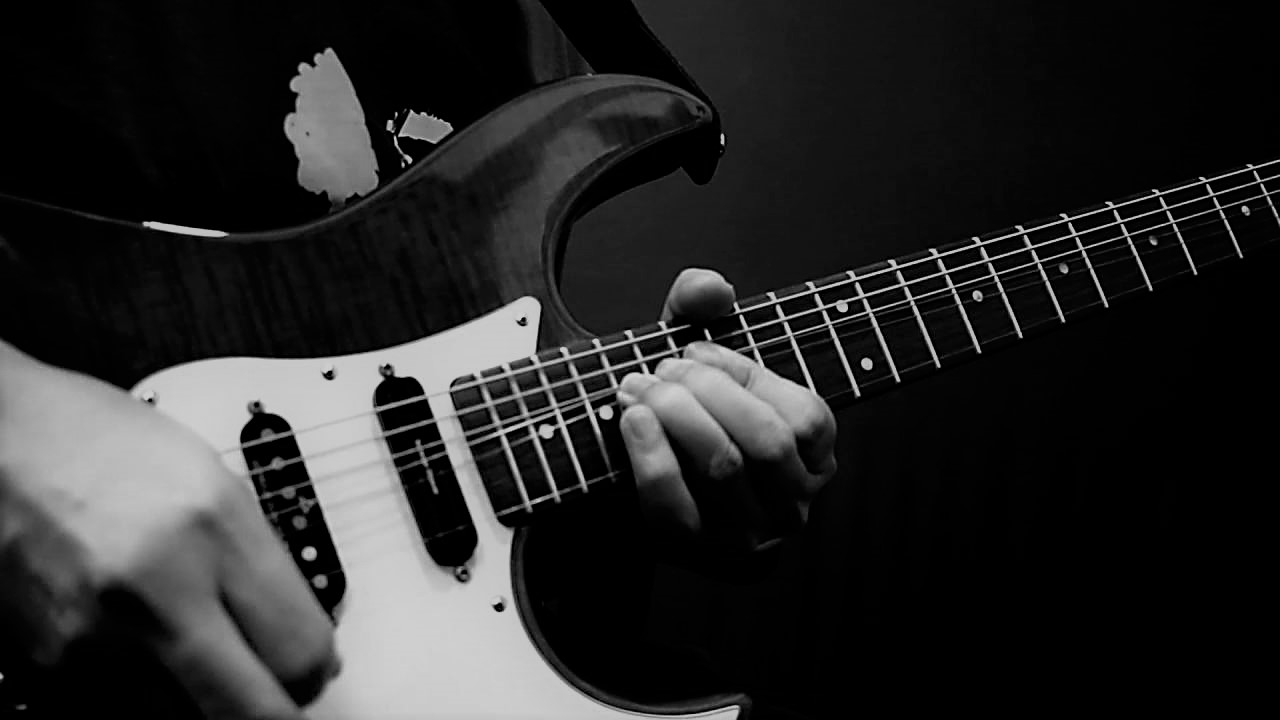
Following on the from the lesson on Parallel Thinking, I thought it would be useful to take a deeper look […]
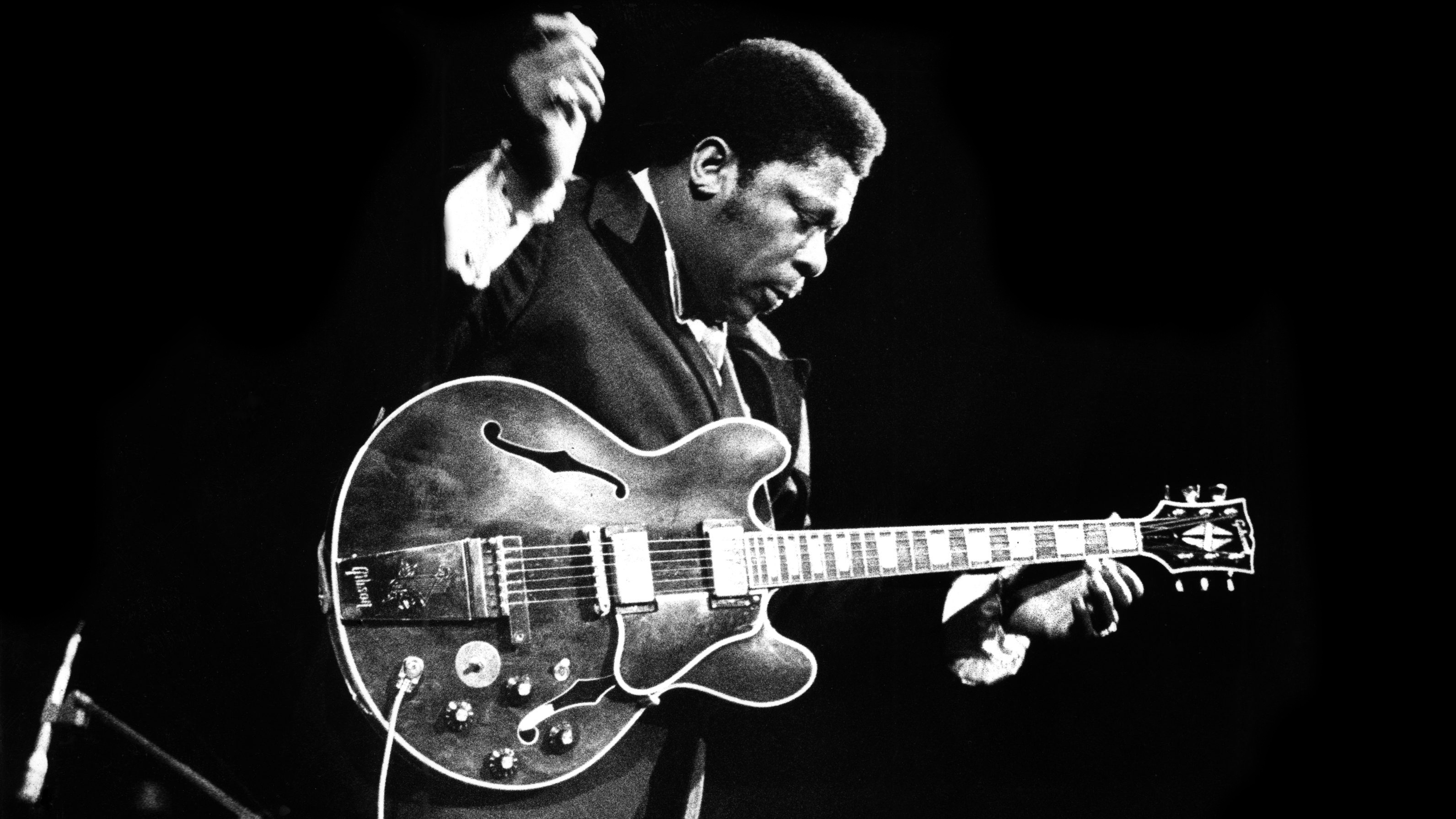
Transitioning from blowing up and down pentatonic scales to purposely crafting your solos by taking the chord changes into account […]
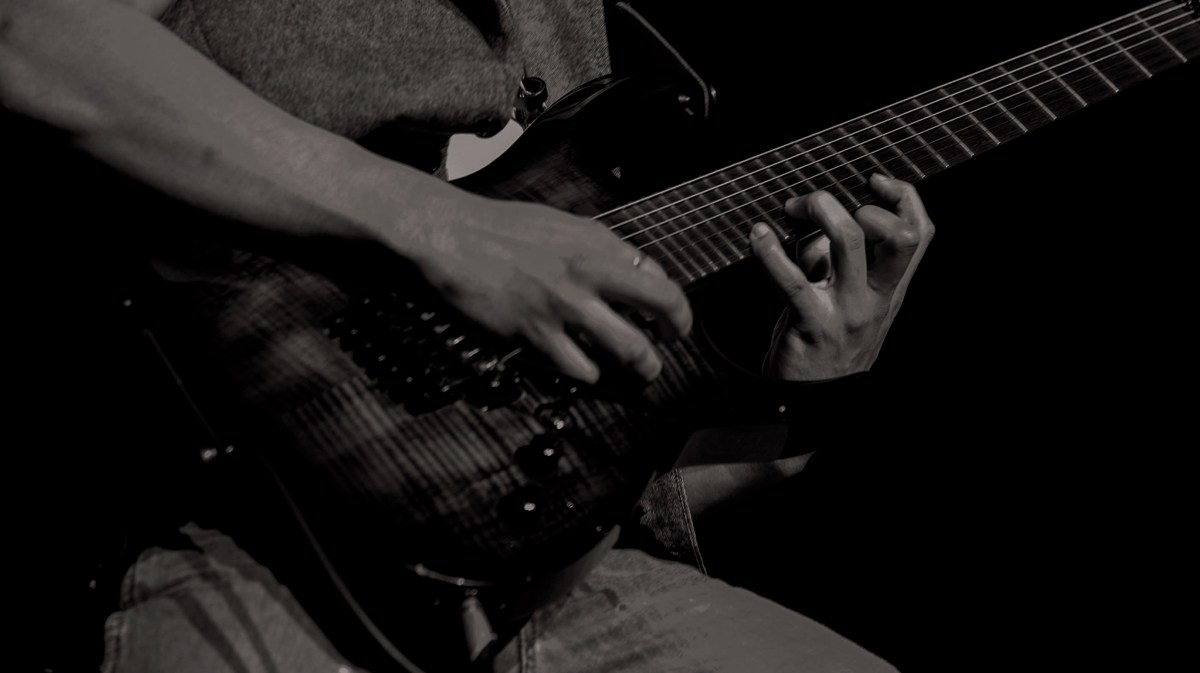
In Part 1 we looked at how to use the major scale patterns to solo over pretty much any kind […]

If you’re not one of those guitarists that simply has to learn everything there is to know about absolutely everything […]

The transition from pentatonic soloing to fusion or jazz improvisation can be a depressing time for guitarists as the good […]
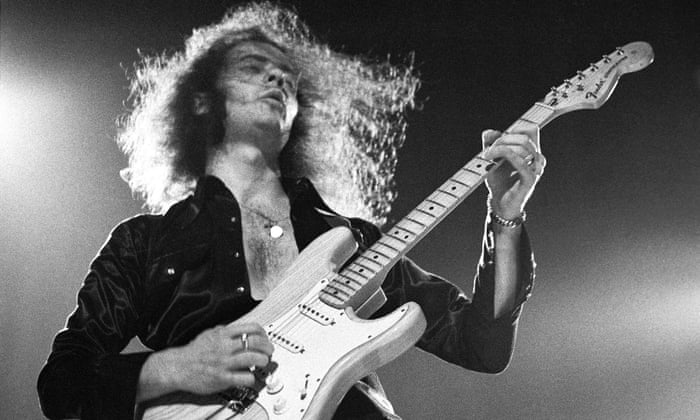
If you were to learn how to improvise without using scales, how would you go about it? This the was […]
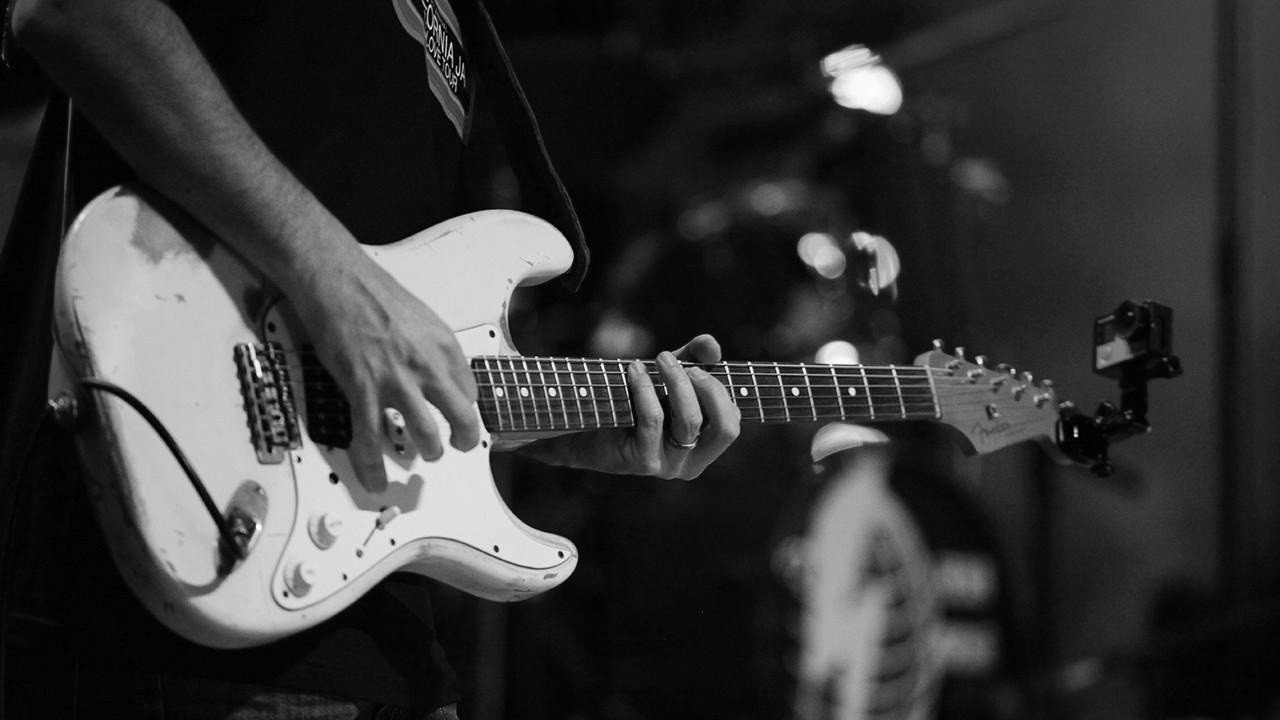
Traditional methods of learning scales such as the (crappy) CAGED System and the 3NPS System don’t really lead to melodic […]

A lot of intermediate guitarists arrive at the point where their soloing either sounds uninspired or relies too heavily on […]

My buddy Alex over at (the now defunct) guitarsightedinstruction.com got me thinking about teaching experiences, and one in particular that had […]